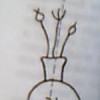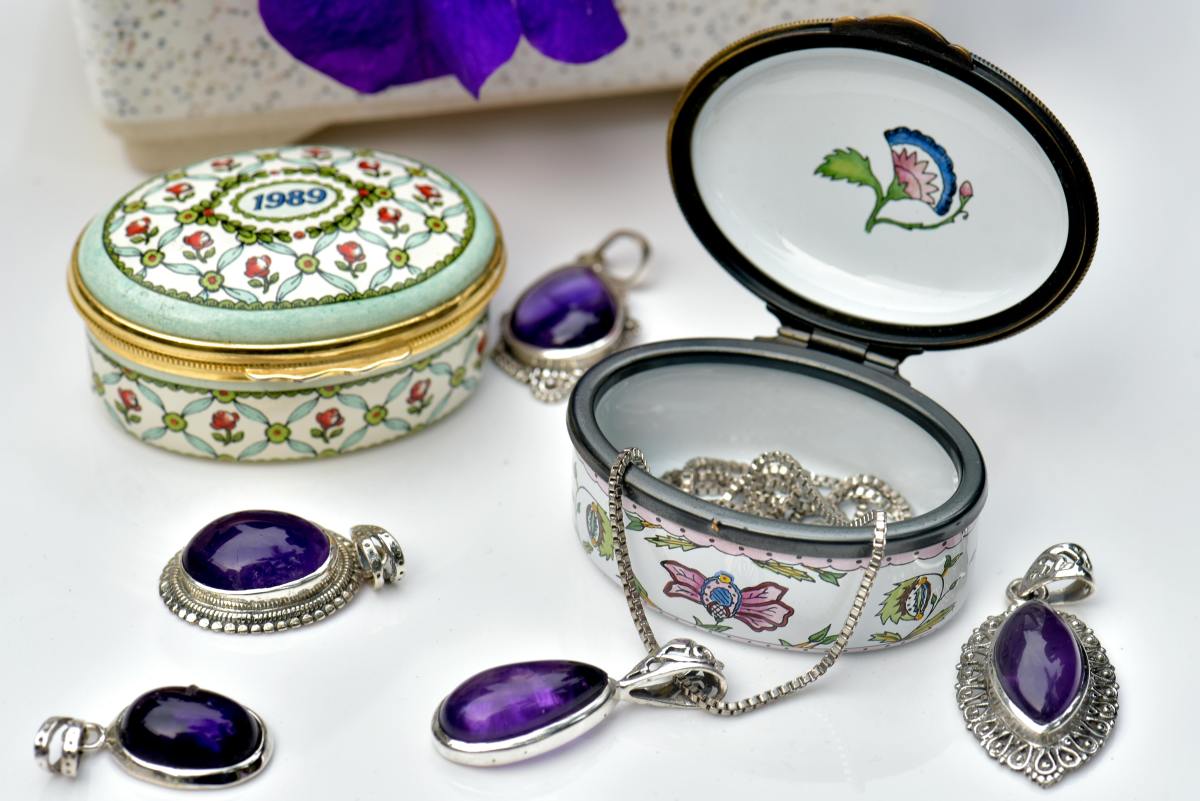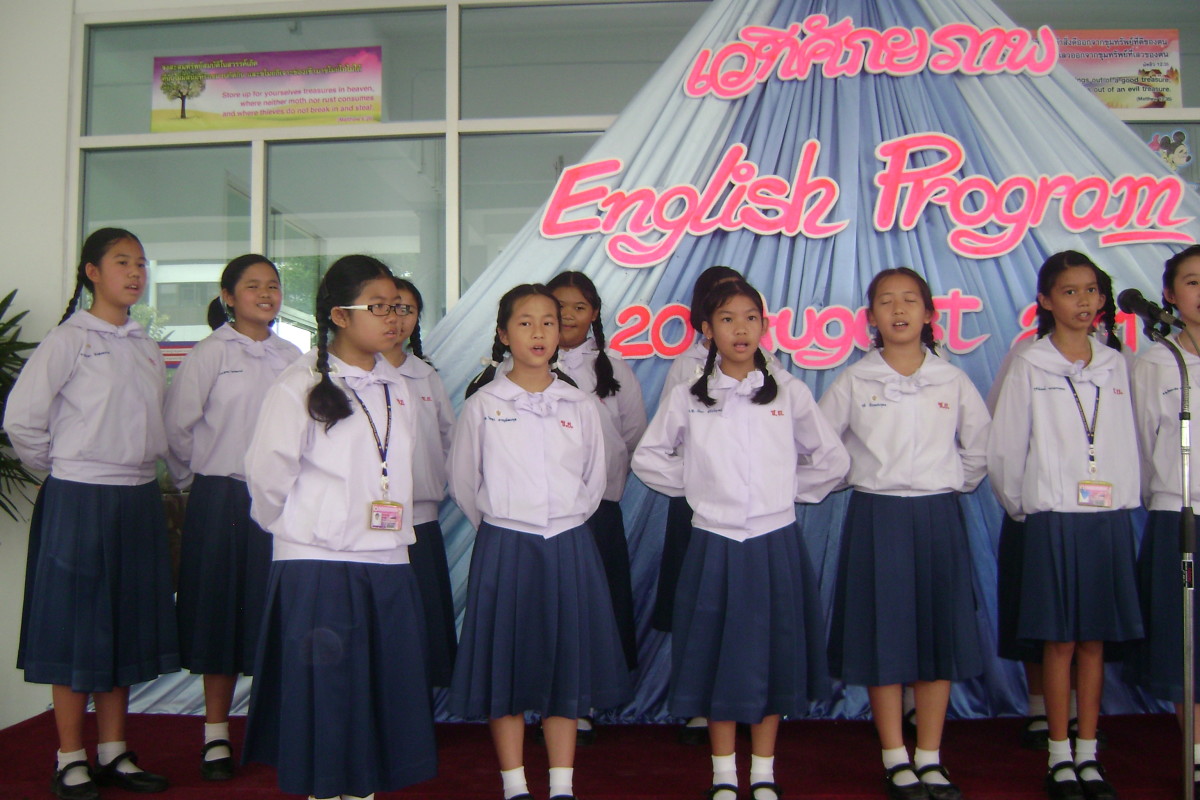- HubPages»
- Travel and Places»
- Visiting Asia»
- Central Asia
Jewelry by Irina
“The Young Moon” of the Tajik Jewelers
In the early 20th century, the art of jewelry making in Tajikistan experienced decline and almost disappeared entirely. There are several reasons for that. Before each artist made only one type of jewelry, for example, in Bukhara, different masters specialized in rings, pendants and earrings. In order to decorate items with precious or semiprecious stones, jewelers turned to a separate corporation of stone specialists. Such narrow specialization greatly complicated following traditions.
Development of modern technologies, which provide better quality a lower cost in terms of raw materials and labor costs, was making the old-time techniques and recipes nearly extinct. Unfortunately, with them disappeared certain features that distinguished the work of old jewelers.
The Art Fund of Tajikistan’s creative workshop led by Vitaly Ivanov in the 1980s served as vanguard of a small group of local artists and jewelers undertaking the hard work of rebuilding the lost link in the chain of history of the jewelry of the Tajik people. The members of the workshop began by copying the most diverse types of jewelry, kept either by private collectors, such as M. Fofanova, poet and translator of Tajik poetry, or in the museums of Dushanbe.
The artists went around country, met with folk masters, and studied their technology and tools. Thus they were able to reveal the “secret” aging process. This method was used by the Bukharian jewelers in making bracelets: during the heating phase, the specific ratio of the thickness of a sheet of metal (silver) and the template caused a certain warping, forming a kind of dents. That gave the bracelet an additional artistic effect, “patina” of time. Extensive research was done during archeological expeditions. Studying the past, learning about aesthetic characteristics and techniques of old jewelers, artists gradually moved from copying to producing variations within traditional limits, developed models of jewelry that followed the canon, but already bore their stamp of individuality. Sometimes artists deliberately copied the folk masters of the past: “By suing old models,” they explained, “one tends to comprehend the alphabet of fine arts ... by copying, one understands the traditional techniques and popular motifs of ornament, the different methods of finishing.” One of typical products of the artists of this period is the “Tavk” ensemble. This is an example of an ethnographic attempt to re-establish the missing elements of the ensemble.
Vitaly Ivanov arrived in Tajikistan in the 1980s, having fallen in love with the art of the Tajik people. He, who spent his childhood far from the sunny mountains and deserts, wanted to learn in depth of creative ideas of folk masters and to become skilled at the secrets of their craft. Having mastered a variety of techniques of metal processing, such as forging, braiding, granulation, filigree, niello, and others, in his art he summarized the skills that were previously split between different masters. Even more crucial was the way he absorbed (while giving it the modern interpretation) the traditional for Tajiks philosophical attitude to the symbolism of jewelry and the semantics of stones. Thus, in V. Ivanov’s necklace “Anor” everything has a meaning: the small disks in the necklace mean the emergence of life; running waves of chains with pendants, symbolize the water flow, in the center of the necklace is a stylized pomegranate. In Muslim symbolic system, pomegranates mean fertility; in the pagan beliefs, pomegranates embodied hope for resurrection, while Tajiks connected pomegranates with the notion of purity and innocence. To the pomegranate in the center of the necklace, the artist attached small “seeds” – to show the continuation of life. The amount of pendants in the necklace is 3, 3, and 5. The odd numbers are a sign of good luck, happiness, 7 means perfection, connection of beginning, middle, and end. In this item, the artist used forging, weaving, granulation and filigree-- the favored techniques of the Tajik artists. Smooth lines, harmony of proportions, color balance-- white, blue, red – give harmony and integrity to the necklace, the qualities usually attributed to jewelry designed by old masters.
Irina Ivannikova is a former student of V. Ivanov, who works independently from the beginning of 1979. Her work is particularly interesting. She developed original designs based on the traditional Tajik theme of “Mohi Nav,” the young moon.
The images of moon are still used in bridal jewelry in Central Asia. The orb is here is a symbol of fertility. Half-moon shaped earrings were usually among the first birthday gifts fathers bestowed on their daughters, wishing them future maternal happiness. Such earrings were called “halka” in Tajik and Uzbek languages. Young women wore fillets called “the golden moon,” or “Mohi tillo;” married women wore a similar ornament called “the young moon,” or “Mohi Nav.” The “Mohi Nav” necklaces made by I. Ivannikova are jewelry ensembles. The necklaces are usually made of coral, or from metal, German silver, an alloy of nickel and copper, beads, sometimes stones are used to complement metal.
In the “Mohi Nav” the abundance of pendants of various shapes bestow an air of solemnity to the crescent, emphasizing the beauty of the sparkling heavenly body. The necklace is complemented by clip earrings depicting a full moon, and granulated bracelets that symbolize space.
These items show that the artists were able not only to master the technology of the old jewelers, and to re-establish the look of traditional jewelry, but also enjoyed the freedom of imagination within the canonical system, which was typical of the old masters.
For I. Ivannikova and V. Ivanov, this work on reconstruction and development of the traditional Tajik folk jewelry is not just an exotic passion. This is a conscious effort in restoring tradition.
And they do this enthusiastically, professionally and, perhaps most importantly, with a sense of responsibility to the culture.





